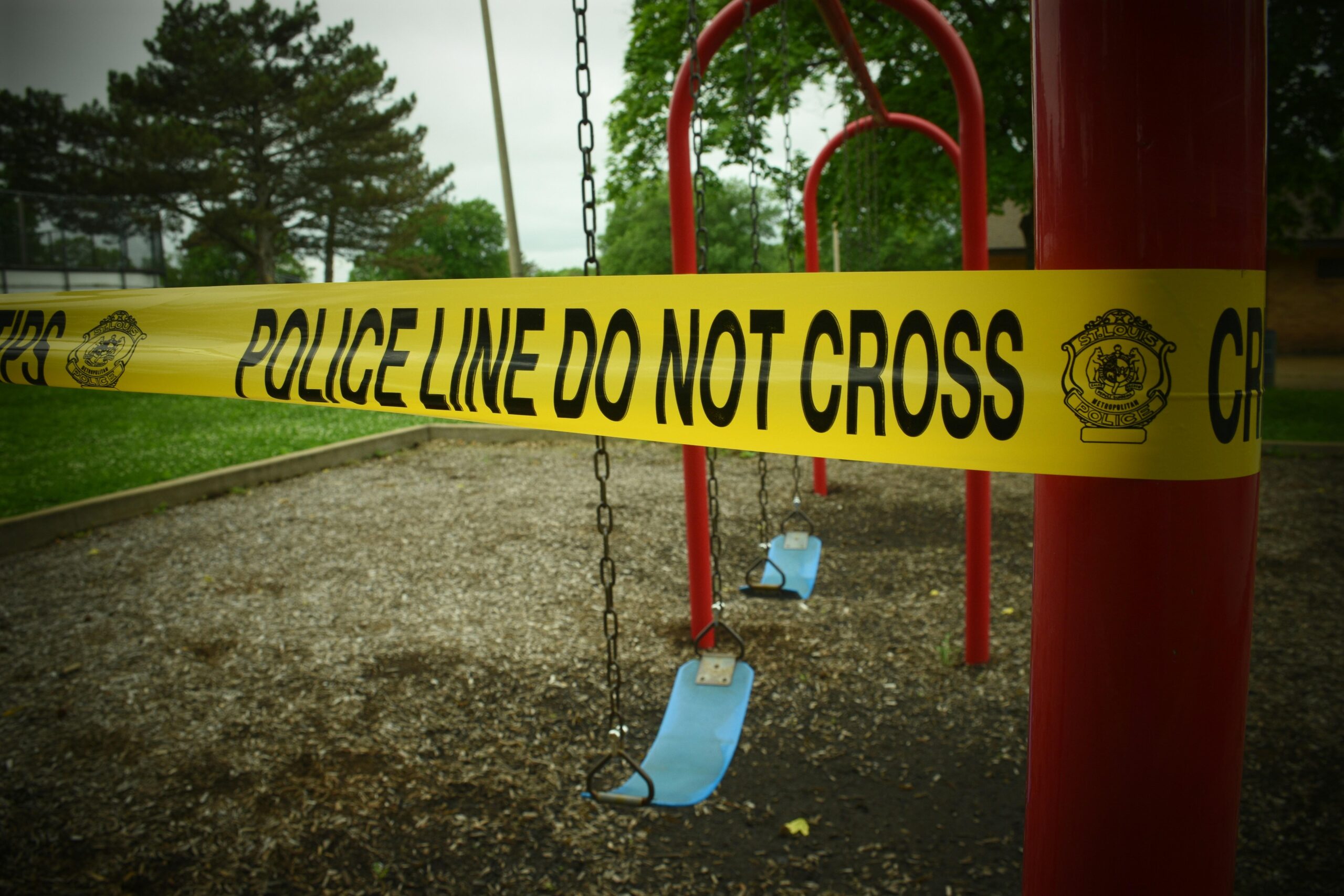We all want to believe the people around us are kind and trustworthy, but sometimes, beneath the surface, warning signs of violent behavior can quietly emerge. How do we spot these red flags before it’s too late? In this article, we’ll take a curious dive into the subtle signals and patterns that might indicate someone is struggling with violent tendencies. Whether it’s in friendships, relationships, or everyday encounters, recognizing these signs early on can be a crucial step toward safety and understanding. So, let’s explore what to watch for—and why staying informed matters more than ever.
Table of Contents
- Recognizing Subtle Clues Before They Escalate
- Understanding Triggers That Fuel Aggression
- When Words Turn Dangerous: Early Communication Warning Signs
- Practical Steps to Support and Intervene Safely
- In Conclusion
Recognizing Subtle Clues Before They Escalate
Sometimes, the earliest signals of potential violent behavior are almost imperceptible, hiding beneath everyday interactions. These subtle cues might manifest as sudden changes in body language or a shift in tone that feels off-putting but not overtly aggressive. It’s crucial to pay attention when someone you know starts displaying behaviors like excessive fidgeting, a quick temper over minor inconveniences, or unusual withdrawal from social situations. Such nuances often get overlooked, yet they form a tapestry of warning signs that could predict escalation if left unaddressed.
Be aware of patterns that don’t add up, such as:
- Unexplained irritability—Responding disproportionately to triggers that previously caused no reaction.
- Increased secrecy or avoidance—Suddenly shutting down communication or hiding whereabouts.
- Verbal hints—Making vague threats or expressing feelings of injustice and anger consistently.
Recognizing these faint signals early gives you a chance to intervene constructively—addressing concerns before they spiral into more serious incidents. Remember, vigilance paired with empathy can make all the difference in defusing potential violence before it takes hold.
Understanding Triggers That Fuel Aggression
Aggression rarely appears out of nowhere; it often stems from specific sparks within a person’s environment or emotional landscape. Recognizing these sparks can be crucial in preventing escalation. Common triggers include stressful situations such as financial hardship or relationship conflicts that create a pressure cooker of frustration. Additionally, feelings of powerlessness or being misunderstood can ignite a defensive and aggressive response. Physical factors like fatigue or pain should not be overlooked, as they can lower patience levels and increase irritability.
Environmental and social cues also play a stealthy role in stirring aggression. For instance, exposure to certain types of media, crowded spaces, or confrontational interactions might act as catalysts. Emotional triggers often run deeper and include:
- Fear or anxiety about losing control or status
- Perceived threats either to self or loved ones
- Unmet needs for respect or validation
Understanding these nuanced signals is vital in spotting early warning signs and creating strategies to defuse tension before it manifests into violent behavior.
When Words Turn Dangerous: Early Communication Warning Signs
Communication is often our first window into a person’s emotional world, and when words begin to carry a darker tone, it’s crucial to pay attention. Subtle signs like frequent use of aggressive language, constant blaming, or expressing intense resentment can hint at underlying anger that’s spiraling out of control. These verbal cues often precede physical outbursts, serving as an alarming signal that emotional volatility is brewing beneath the surface. Recognizing these linguistic red flags early can be a key step in preventing escalation and promoting healthier dialogue.
Beyond direct aggression, other nuanced warning signs manifest through communication patterns, including:
- Persistent threats or veiled warnings, even if they seem casual or offhand.
- Disproportionate responses to minor provocations, revealing a fragile control over emotions.
- Obsessive ruminations on past conflicts or perceived injustices, intensifying feelings of grievance.
- Attempts to isolate or intimidate through language that causes fear or confusion.
By tuning into these subtle but powerful signals, we open a dialogue for intervention before actions replace words.
Practical Steps to Support and Intervene Safely
Taking action when you notice troubling behaviors can feel daunting, but there are clear, effective ways to offer support without compromising anyone’s safety. Start by creating a calm and non-judgmental space where the person feels heard rather than confronted. Sometimes, simply acknowledging their feelings and offering a listening ear can diffuse escalating emotions. If appropriate, suggest professional help—such as counseling or support groups—and provide information on accessible resources. It’s crucial to respect boundaries but also to be vigilant; if you suspect imminent danger, don’t hesitate to involve authorities or emergency services.
- Trust your instincts: If something feels off, it probably is.
- Maintain your own safety: Avoid confrontation in isolated or risky situations.
- Gather information: Note behaviors, triggers, and any potential threats for future reference.
- Encourage open dialogue: Foster an environment where emotions can be expressed constructively.
Remember, intervention isn’t about playing the hero; it’s about connecting with empathy and clear-headedness. Document your observations discreetly if you believe that incidents might escalate or be relevant for professionals involved. When supporting others, patience and consistency can be powerful tools—often, change starts with small, thoughtful actions backed by a strong support network.
In Conclusion
As we wrap up this deep dive into the warning signs of violent behavior, it’s clear that awareness is our first line of defense. Spotting those red flags early doesn’t mean jumping to conclusions—it means staying curious, attentive, and compassionate. After all, understanding these signals can empower us to intervene, support those at risk, and create safer spaces for everyone. So, the next time something feels off, don’t ignore that gut feeling—dig a little deeper, ask questions, and trust the clues. There’s always more beneath the surface than meets the eye. Stay curious, stay informed, and together, we can make a difference.












